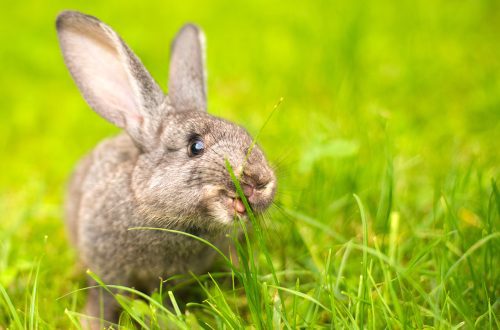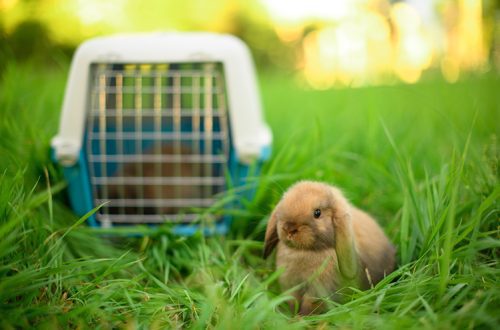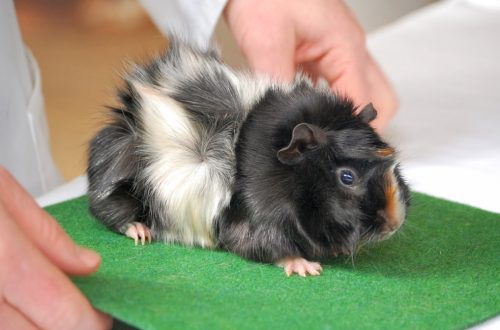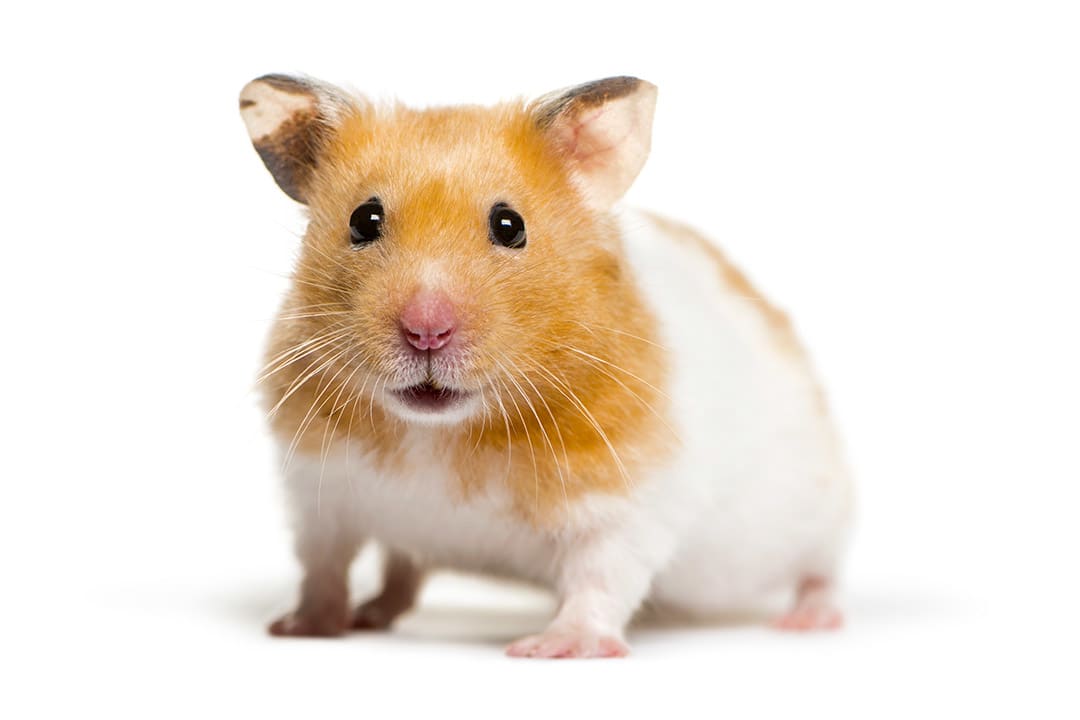
Siberian hamster: description of the breed, care and maintenance at home
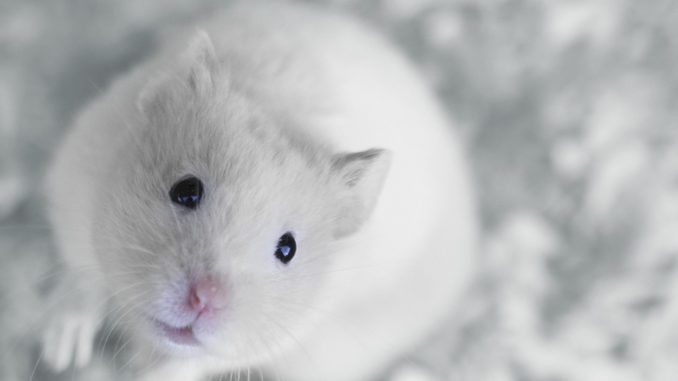
One of the most common dwarf hamsters is the Siberian hamster. Proper maintenance and constant care of the rodent allows you to enjoy the presence of a fully developed pet for a long time.
Contents
Breed description
The origin of the Siberian hamster is from the northern steppe part of the Republic of Kazakhstan and the hilly area of Tyva, located in Siberia. Many people ask themselves: “How long do Siberian hamsters live?”. The life cycle of these individuals is small, like all members of the rodent family. Moreover, the life span in natural conditions is 2-2,5 years, and in captivity up to 3 years.
Appearance
In appearance, the Siberian hamster resembles a fluffy ball with an inconspicuous tail. It reaches a length of 7-10 cm. The average weight of the animal is 25 g, with home maintenance it can increase up to 50 g.
Basically, the color of the hamster is black and gray with a brown longitudinal stripe on the back and a light gray belly. In addition to the usual coloring, sapphire and pearl colors of individuals were bred. On the head are dark, almost black eyes and small ears. The presence of cheek pouches serves to collect and carry food. The short limbs of the paws with five fingers are covered with wool.
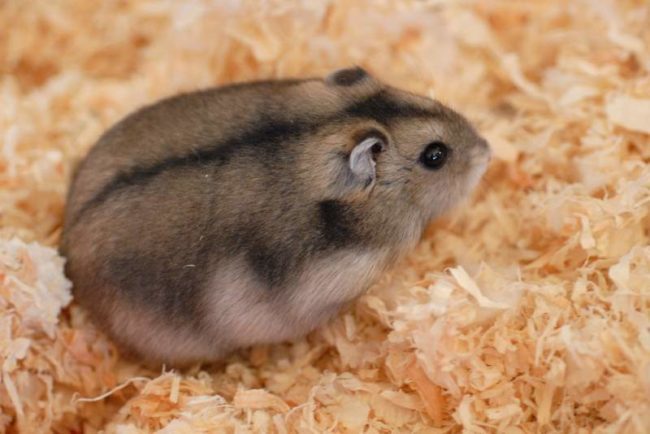
Characteristics
Most rodent lovers want to know everything about Siberian hamsters. The presence of features in behavior and characteristics is expressed by the following criteria:
- Siberian hamsters are called white Russian dwarf hamsters because of the special ability to change the color of their coat: from gray to white in winter;
- adults lead a calm and slow lifestyle in relation to young ones;
- Siberian hamsters are mostly nocturnal. With the onset of darkness, which serves as protection for them from meeting with insidious predators – foxes and owls, they get out in search of food .;
- orientation in space with the help of whiskers allows animals to determine the width of loopholes and the distance between objects;
- rodents easily recognize each other by the smell of the marked territory;
- heterosexual individuals of the breed live together only during the mating season, and the rest of the time they live separately and protect their homes from the encroachment of other animals;
- with the onset of three months of age, females are able to breed with a gestation period of 19 days.
Habitat
The place of residence of hamsters can be found not only in the open spaces of the natural environment, but also in a cozy home environment. Wherever rodents live, they adapt well to any environment.
Natural living environment
In the wild, Siberian hamsters live on hilly and flat steppes. They live alone and in small groups. The formed community does not accept adult newcomers. The dwelling of the animals are minks, which they themselves pull out in the form of tunnels to a depth of 1,5 meters. A labyrinth of numerous passages has a place for a nest and food storage, reaches a length of up to 8 meters.
Males occupy up to 12 hectares of housing area. The territorial qualities of the character of the hamster make it possible to carefully protect the home from uninvited guests. Females settle nearby and are under the tutelage of the stronger sex. Their territory is smaller than that of the male. In winter, rodents have to fall into a long stupor in order to survive severe frosts. This process cannot be called a complete hibernation, because the animals have to wake up periodically to consume food.
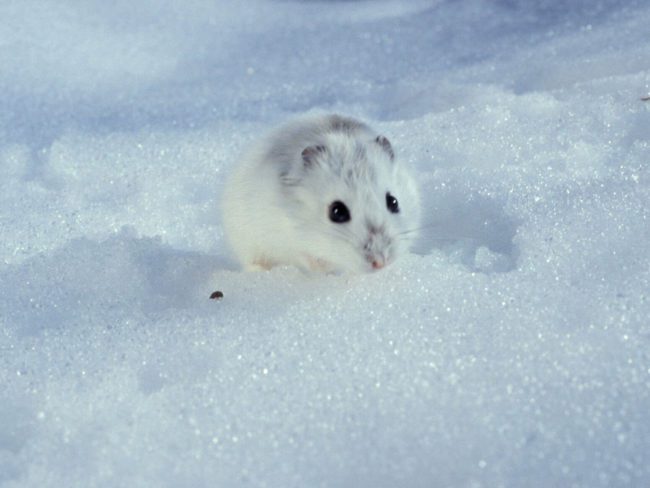
home furnishings
At home, hamsters quickly adapt to their environment. For a comfortable stay, a special house or a small cage is perfect for them. The animals lead a sedentary lifestyle, do not have jumping ability, so as another option for housing, you can use a glass cage without a roof, or an aquarium. The small house inside the dwelling is a place to sleep and hide.
Conditions of maintenance and care
Care and maintenance of the Siberian hamster at home provides for feeding and cleaning in the place of residence. A complete diet of animals consists of: seeds, nuts, sunflower seeds, vegetables, herbs and fruits. Ready-made food can be purchased at any pet store. It is better to keep fresh water for the animal in a drinking bowl.
Necessary accessories for a rodent are: a running wheel, ladders, slides and pipes-tunnels. They help to compensate the animal for motor activity. Bedding for the animal can be wood shavings, pressed sawdust or torn small pieces of white paper. It is recommended to clean the cage once a week. The comfortable temperature of the place of detention is considered to be from 1 to 18 ° C.
The unpretentious qualities of Siberian hamsters make it possible to attribute them to the most popular breed for keeping at home. A small rodent brings joyful fuss and tenderness to the surrounding space.
Siberian hamster
2.9 (58.75%) 16 votes



